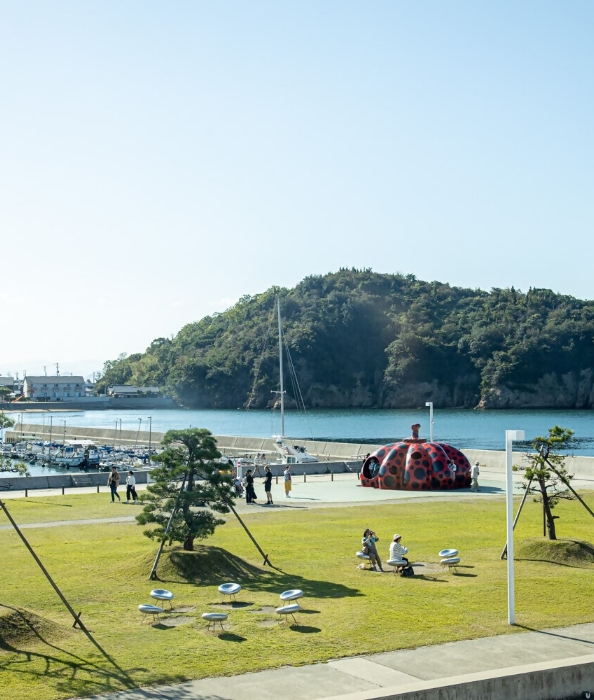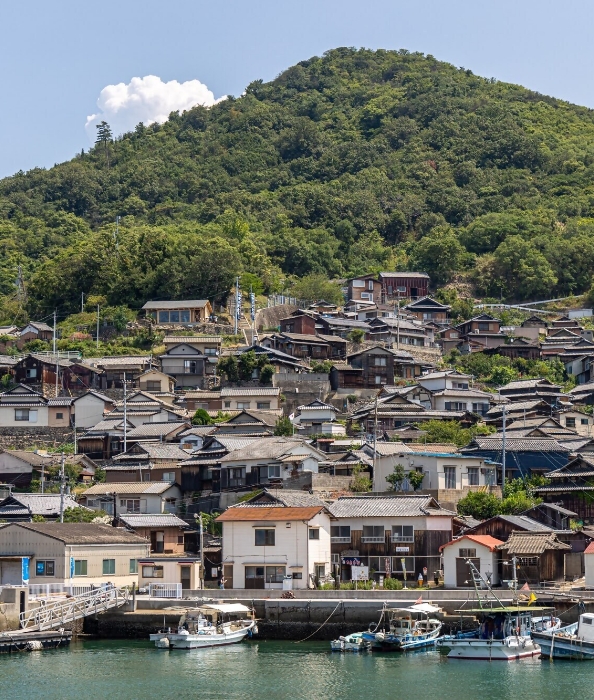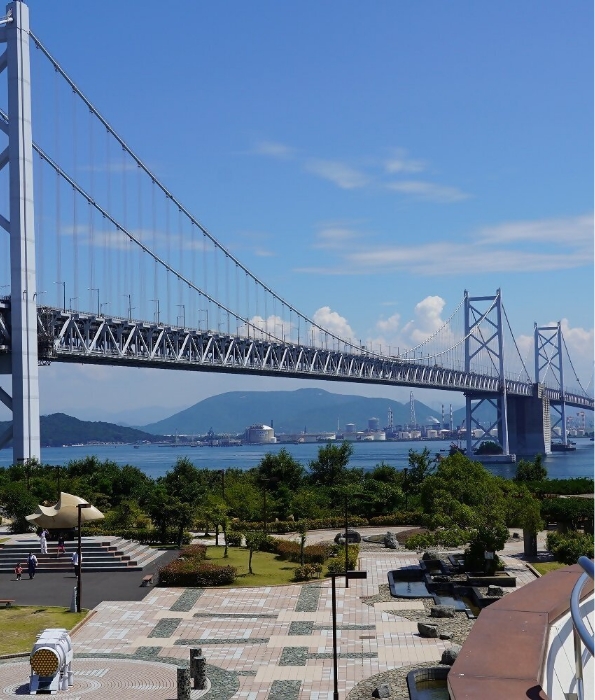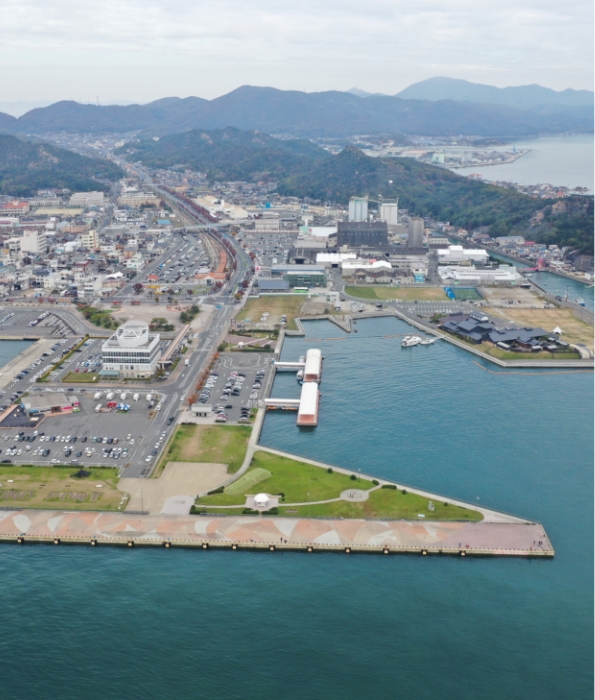Islands and Venues

Ogijima
An island village perched on a steep slope connected by labyrinthine lanes.
Ogijima is located 1 km north of Megijima with an area of 1.34 km², a circumference of 5 km, and a population of about 160.
Houses clustered along steep maze-like lanes create Ogijima’s distinctive landscape. A shrine on the hill dedicated to the deity of safe childbirth once attracted devotees from many other islands. In February, ten million narcissus bloom profusely along the road to the lighthouse at the island’s northern tip.
After the Triennale began, many newcomers, including families, relocated to Ogijima, resulting in the reopening of the defunct elementary and junior high schools and the emergence of a new type of community.
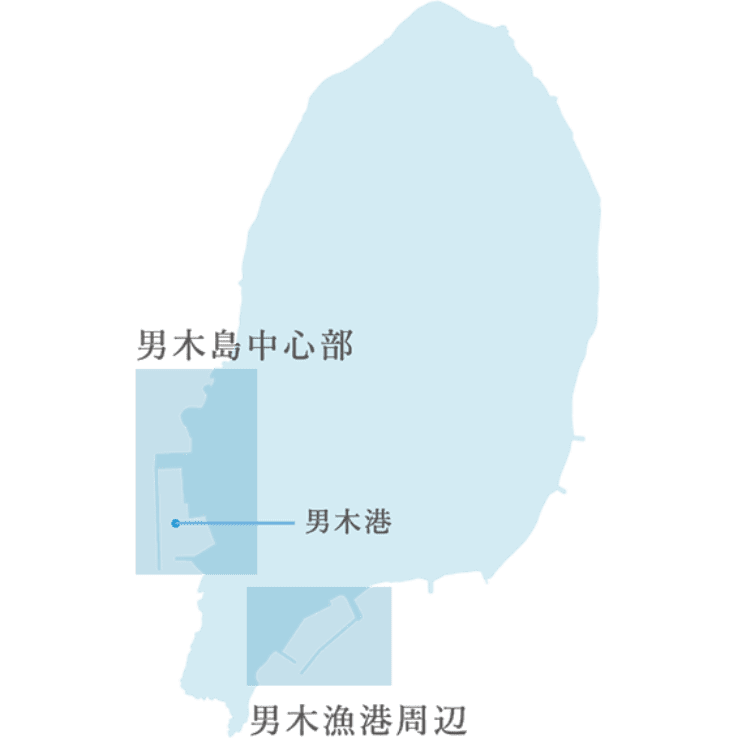
Scenery and History
Flat land is scarce on Ogijima, and densely packed houses cling to the steep hillside, connected by winding lanes. With little suitable land for rice farming, the islanders raised cows and rented them to farmers on other islands as plow animals in return for rice, a practice that continued until the 1950s. Toyotamahime Shrine, located halfway up the hill behind the port, once attracted many couples from afar who came to pray for a safe birth.

Ogijima Lighthouse
On the island’s northern tip stands an elegant granite lighthouse built in 1895. It became famous as the set of a popular movie and was selected as one of Japan’s 50 best lighthouses. It now houses a small archives museum. In February, 10 million narcissus bloom along the road from the village to the lighthouse.
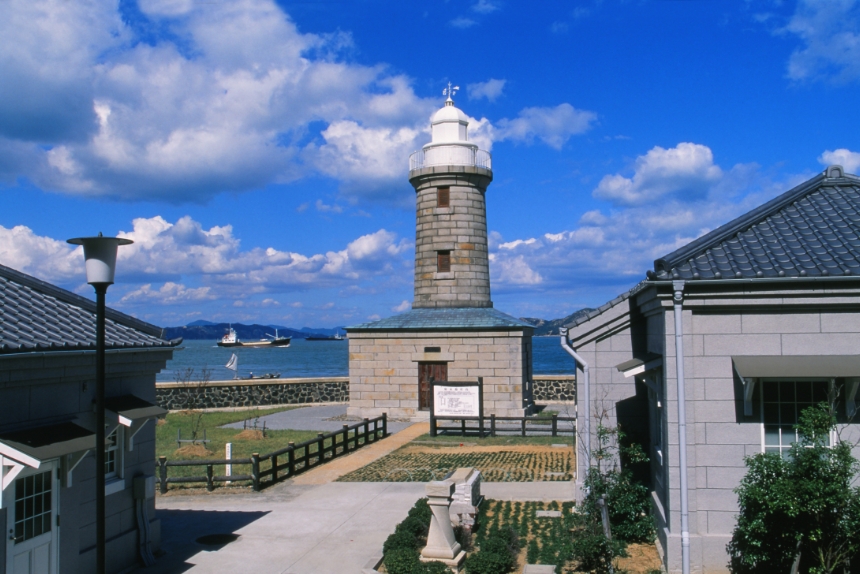
Emergence of a New Community
A number of families relocated to the island through the Triennale. Thanks to their efforts, the defunct elementary and junior high schools were reopened in 2014, and the sound of children’s voices once again rings through the village. People have continued to relocate to the island, attracted by its charms, and have started up such enterprises as restaurants, a beauty salon, and a library. The collaborative nature of the original inhabitants is helping to nurture a new style of community that embraces both old and new residents.



